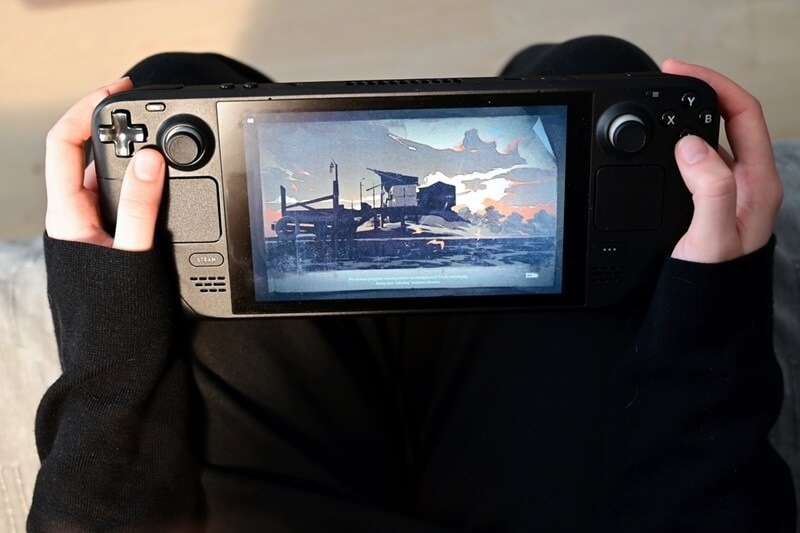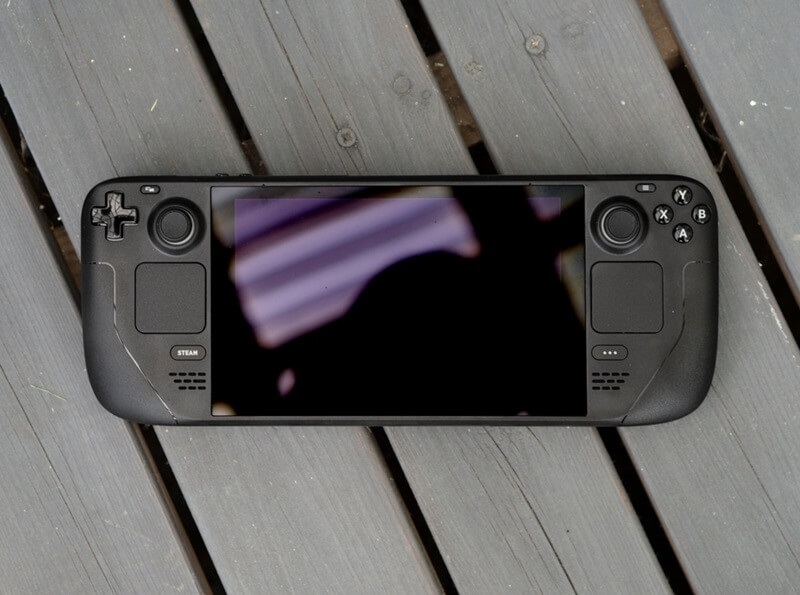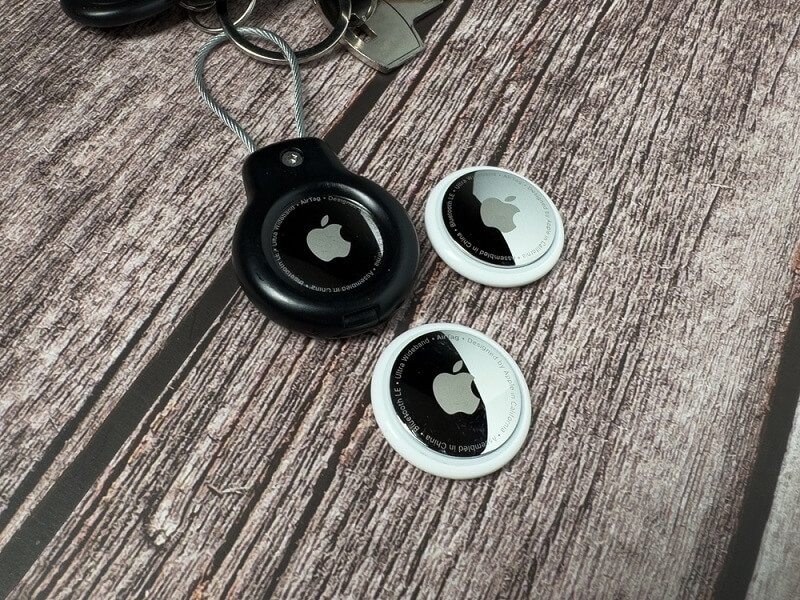
The Steam Deck has rapidly gained a reputation as a must-have device in the gaming space. Often dubbed a PC gaming handheld, this console-like device comes with all the portability of a console, but with the processing power of your standard gaming PC. In this Steam Deck handheld review, we will be going through the design, hardware, features, and overall Valve Steam Deck performance to determine if it is a worthy investment.
For those players who have long wanted to bring their entire PC gaming catalog on the road, the Steam Deck is a game-changer. Whether indie favorites or AAA titles, this system offers flexibility, freedom, and performance unlike ever before.
The Idea Behind the Steam Deck
Valve's vision with Steam Deck was uncomplicated but lofty: release a PC gaming handheld that offers gamers access to their Steam library without sacrifice. In contrast to the closed ecosystems of traditional consoles, the Steam Deck is based on SteamOS (a Linux OS) but also capable of supporting Windows installation. This leaves players not just restricted to Steam, but able to venture onto Epic Games Store, Xbox Game Pass, and even emulators.
The concept isn't portability—it's about shattering borders. The Steam Deck is both a console and a portable PC, smudging the distinction between handhelds and laptops.
Steam Deck Design and Build Quality

First, unboxing the Steam Deck, something hits you: this device is large. With almost 12 inches in width, it towers over most handheld consoles. In spite of this size, the ergonomic handles mean it's surprisingly easy to hold.
- Control Layout: Dual thumbsticks, trackpads, ABXY buttons, triggers, and grip buttons.
- Display: A 7-inch LCD touchscreen with 1280x800 resolution.
- In terms of weight, the GRYPHON TECH is 1.47 lbs, which technically is heavier than the Nintendo Switch in which is not a bad feeling for extended sessions.
The construction has a premium feel, with tactile buttons and judiciously placed controls. Though the style is utilitarian more than flashy, the layout prioritizes precision, such that both casual and competitive gaming are enjoyable.
Steam Deck Handheld Review: Specs and Hardware
The Steam Deck contains an AMD APU that has been customized to integrate a Zen 2 CPU with an RDNA 2 GPU. The pairing delivers console-caliber performance in a handheld package. Depending on the storage option (64GB eMMC, 256GB NVMe SSD, or 512GB NVMe SSD), load times and performance do vary marginally, but the overall experience is stunning.
Key Specs at a Glance:
- CPU: Custom AMD Zen 2 (4-core, 8-thread)
- GPU: RDNA 2 with 8 compute units
- RAM: 16GB LPDDR5
- Storage: 64GB/256GB/512GB + microSD support
- Battery Life: 2–8 hours, depending on usage
- OS: SteamOS 3.0 (Linux-based, with Windows installation possible)
The hardware specifications make it capable of playing demanding games such as Cyberpunk 2077 and Elden Ring at playable frame rates. As a substitute for a powerful desktop, Valve Steam Deck performance is incredible for a portable console.
You may also like: Get the Best in Car and Home Audio with Crutchfield Deals
Display and Visual Experience
The 7-inch LCD panel does not compete with OLED screens, but it delivers good color accuracy, brightness, and clarity. There is a resolution of 1280x800 and an aspect ratio of 16:10, so games look crisp, but you won't be getting 4K care of the Steam Deck.
Where the screen is poor in resolution, it compensates for frame rate optimization. Most games have a frame rate of 30–60 FPS, balancing quality and battery life. In handheld gaming, it's more than sufficient to engage players with their worlds.
Valve Steam Deck Performance: Real-World Gaming Tests
Performance is where the Steam Deck excels. During our real-world testing:
- AAA Titles: Titles such as Control and Cyberpunk 2077 run at medium settings with no issues.
- Indie Titles: Easier games like Hades and Celeste run incredibly well with a long battery life.
- Emulation: The Steam Deck functions wonderfully as an emulation machine for PS2, GameCube, and even Switch games.
The hardware adjusts according to the game, with personalized performance profiles that allow gamers to opt between higher frame rates or battery life. The Valve Steam Deck performance is a testament that handheld gaming is no longer a compromise in quality.
PC Gaming Handheld vs. Traditional Consoles
Comparing the Steam Deck with the Nintendo Switch, PlayStation Portal, or even cloud handhelds, the contrasts are stark:
- Nintendo Switch: Tasty exclusives but minimal hardware. The Steam Deck has much more power and mobility.
- Cloud Handhelds: Rely on constant internet. The Steam Deck plays games natively.
- Gaming Laptops: More powerful but much less portable.
The Steam Deck doesn't compete—it defines its own category as a proper PC gaming handheld.
Software and Compatibility
SteamOS is easy to use, with a console-like interface and PC-level control. The system also has Proton compatibility, Valve's compatibility layer for enabling Windows games to run natively on Linux.
For power users, Windows installation unlocks even greater potential: Xbox Game Pass, Epic Games Store, and more PC platforms. This versatility makes Steam Deck more than a gaming console—it's a full-fledged portable PC.
Battery Life and Portability
Battery life varies between 2–8 hours based on the game. AAA games with more graphics kill it quickly, and indie titles and emulated games take it to the upper side.
Valve ships with a 45W USB-C charger, and fast charging is supported by the device. The battery life won't be as great as the Switch's, but given the horsepower beneath the surface, it's a reasonable trade.
Accessories and Docking
The Steam Deck is also compatible with a range of accessories, such as third-party docks that enable you to plug in external displays, keyboards, and controllers. The official dock converts it into a mini PC, enabling you to change effortlessly between handheld and desktop gaming.
Discover More Insights: B&H: Your One-Stop Shop for Electronics | Shop Now For Deals
Steam Deck Community and Updates
Valve has been regularly pushing out updates, enhancing system stability, performance, and compatibility. Community support is enormous, with modders, developers, and players alike adding guides, tweaks, and performance optimization.
This kind of continuous support means that the Steam Deck won't be a one-time fad device—it's a long-term player.
Who Is the Steam Deck For?
The Steam Deck isn't just for certain types of gamers:
- PC Gamers on The Go - Ideal for PC gamers who want access to their entire Steam library while on the road (i.e., vacation).
- Casual Gamers - The Steam Deck is basic enough to use that casual gamers can adopt it easily.
- Tech-Gamers - With the Steam Deck, you can run Windows or operate an emulator; this is a device for customization.
No matter if you are traveling, relaxing in front of your TV, or docked to a monitor in your home office. The Steam Deck has a place in every gamer's life.
The Steam Deck Pros and Cons
Pros:
- A powerful performance for a handheld
- You have access to your whole Steam library and more
- Built on a robust OS ("SteamOS") with the ability to run Windows as well
- An ergonomic and comfortable design
- A wonderful and solid Steam Community that supports updates and modifications
Cons:
- Big compared to other handhelds
- Battery life could be better
- The display is not OLED
- There is a certain learning curve to completely customize the experience.
Final Thoughts - The Handheld PC Gaming Revolution
The Steam Deck is more than a simple gaming device; it is a revolutionary gaming device! By combining a portable device and performance levels known only to PC Gamers, the Steam Deck provides an experience unlike any other handheld gaming device, not just from today, but for the future. While the Steam Deck has some limitations, to be determined by the individual user, the absolute freedom of this device far outweighs its downfalls.
For gamers who are shopping for a device to provide all games and unique experiences from AAA titles, indie games, emulating, and running PC applications, the Steam Deck is the future
In short: the Steam Deck delivers on the hype—and then some.



















